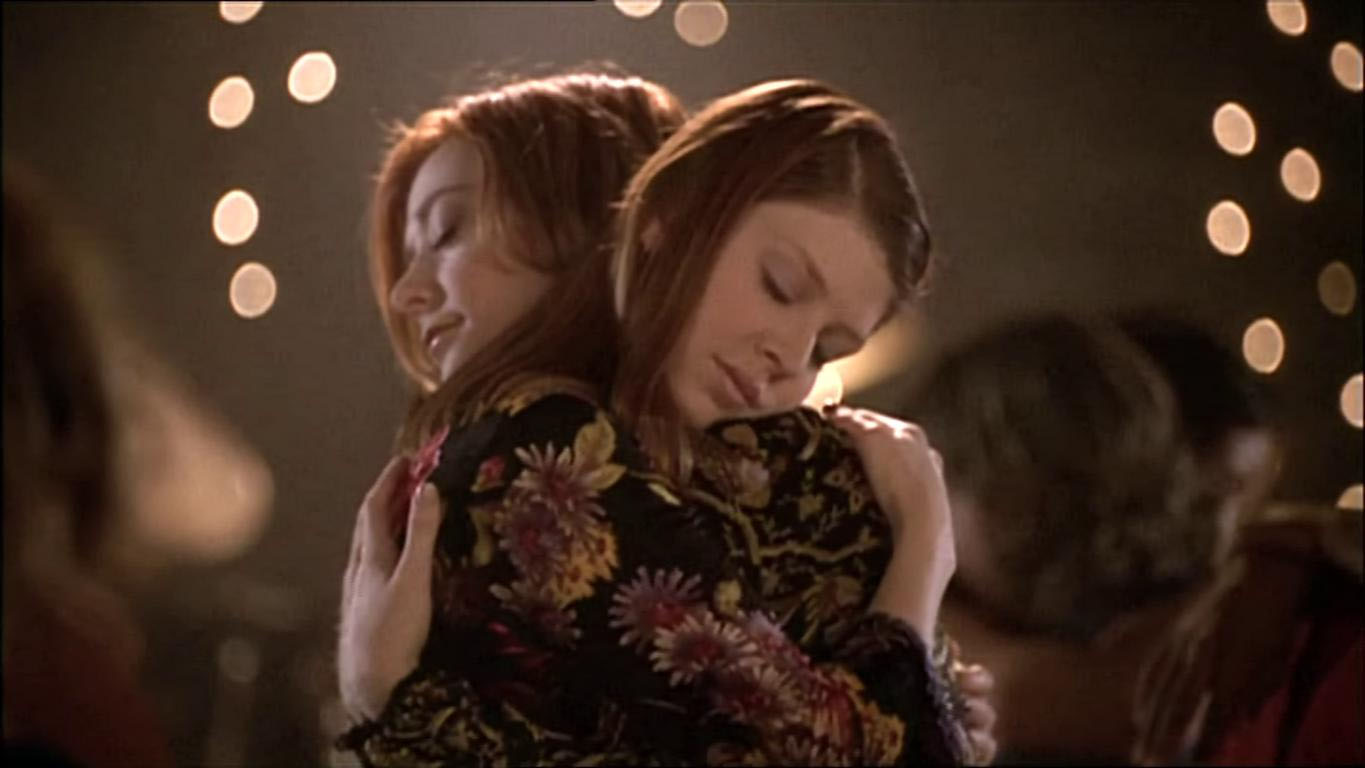Mary Wollstonecraft Godwin’s marriage to Percy Shelley appears to be the stuff of romance novels and girlish daydreams, from their forbidden love and clandestine meetings in cemeteries to their elopement to Mary keeping Percy’s heart in a silk bag in her desk long after he’d died. It’s almost too much to be believed, and accounts tend to paint the lavish affair as the epitome of romance. In truth, theirs is one of my favorite stories, if only for the sheer and overwhelming Gothic-ness of it all.
It all began with 16-year-old Mary sneaking off to meet the hot young poet, then a friend of her father’s. They didn’t meet in just any old cemetery, but the one that held Mary’s famously feminist mother, Mary Wollstonecraft. Percy was 21 at the time, already married, and expecting a child. Being a reckless teenager is not limited to modern times. Their mutual attraction was so instant, so strong, and so pure that they pretty much slept together immediately (and I’d be willing to put money on them doing so in the cemetery), and within two weeks, Percy proclaimed his intentions to Mary’s father.
Mary’s father, for reasons I simply cannot imagine, was not pleased.
Percy, who it turns out was pretty much a jerk, wrote to his wife saying he’d be civil but she had to consider Mary’s plight – namely being forbidden to marry a man already married. Toss in a few threats to do himself in via laudanum (and at least one trying to persuade Mary to do the same), and the plan evolved into escaping abroad.
Happy at last, the couple prepared for their new life. Neither knew it at the time, but Mary was pregnant. She miscarried, which would become an unfortunate theme in her life – one that would lead in part to the creation of her best known work, Frankenstein, or The Modern Prometheus.
While her work would make Mary Shelley the mother of modern science fiction and dystopian worlds, her marriage pretty much went rotten. Percy carried on what was at least a deeply emotional affair with his sister-in-law, his first wife committed suicide, the Godwin household came to financial ruin, which placed the burden on Mary, Percy began falling out of love with Mary… and then he drowned at sea.
Mary and their one surviving child, William, were left destitute and alone.
My favorite part of the story is this: after Percy’s body was recovered, his friends burned it on the beach. Due to risk of contamination from his state of decomposition and in regulation with quarantine laws, he couldn’t be buried (and since Percy was an Atheist, burial in a cemetery was illegal, so I guess he didn’t mind). Legend has it Edward Trelawny snatched the heart from the fire upon seeing that the organ mysteriously refused to burn. It was presented to Mary, who kept it in a silk bag in her desk.
That might sound extremely gross and disturbing, but I find it rather endearing. Sure, Percy was many things, including a cheating, self-absorbed butt-head, but Mary truly loved him and nothing says love like cherishing your dead husband’s heart.
Among her other keepsakes were locks of her children’s hair and a copy of Percy’s poem, Adonais.
Mary died of a brain tumor at age 53.
Percy may not have been the best husband, but he encouraged Mary’s writing, which was no easy task for a woman in the 1800s. Publishing was still a boy’s club, and the original manuscript of Frankenstein was published in 1818 anonymously. Mary’s name appeared on the 1823 French edition. The text was heavily edited by Percy in an attempt to make the story more conservative.
I don’t know about you, but I find that hilarious.
Mary went on to write several more novels, including The Last Man, an apocalyptic novel containing multiple characters who reflect Percy. She’d been determined to write Percy’s biography, but her father-in-law banned her from doing so. She edited and published several volumes of her late-husband’s work, and managed to get around the ban by including annotations and reflections in the volumes she delivered.
Sadly, it’s only recently that scholars have acknowledged Mary’s importance as a literary figure. She’s largely been seen as a result: the daughter of two radical politically-minded parents and the wife of lyrically tragic Percy Shelley. Frankenstein largely overshadowed her career as a professional writer; decades later—far later than reasonable—Mary’s been recognized as a Romantic figure, not only for her genre-creating work, but for her political voice as a woman and a liberal.
Call me sentimental, but even know the truth doesn’t quite take the shine off her insane marriage to Percy Shelley. If you’re looking for an alternate ending, perhaps Mary kept Percy’s heart not out of love, but revenge. What better way to ensure your love never gives his heart to another than keeping it in a silk bag in your desk?
If you’d like to read more about Percy Shelley’s equally Gothic and overly-romantized death, check out this Guardian article by Richard Holmes. He, too, offers an “alternate ending” to Percy’s tragic death, and whether or not he might have survived. If he’d wanted to.
—
Meghan Harker is a Horror writer for Girls in Capes. She’s currently working on her own Gothic novel and hosts the Courting Casualties podcast. When not writing, she’s either drawing, reading, hunting antiques, or lamenting that she wasn’t born in the 1800s. If you follow her on Twitter (@ExquisitelyOdd), you might get the chance to play Guess Who’s Dead!, her favorite post-mortem photography game (no one else likes to play.)





